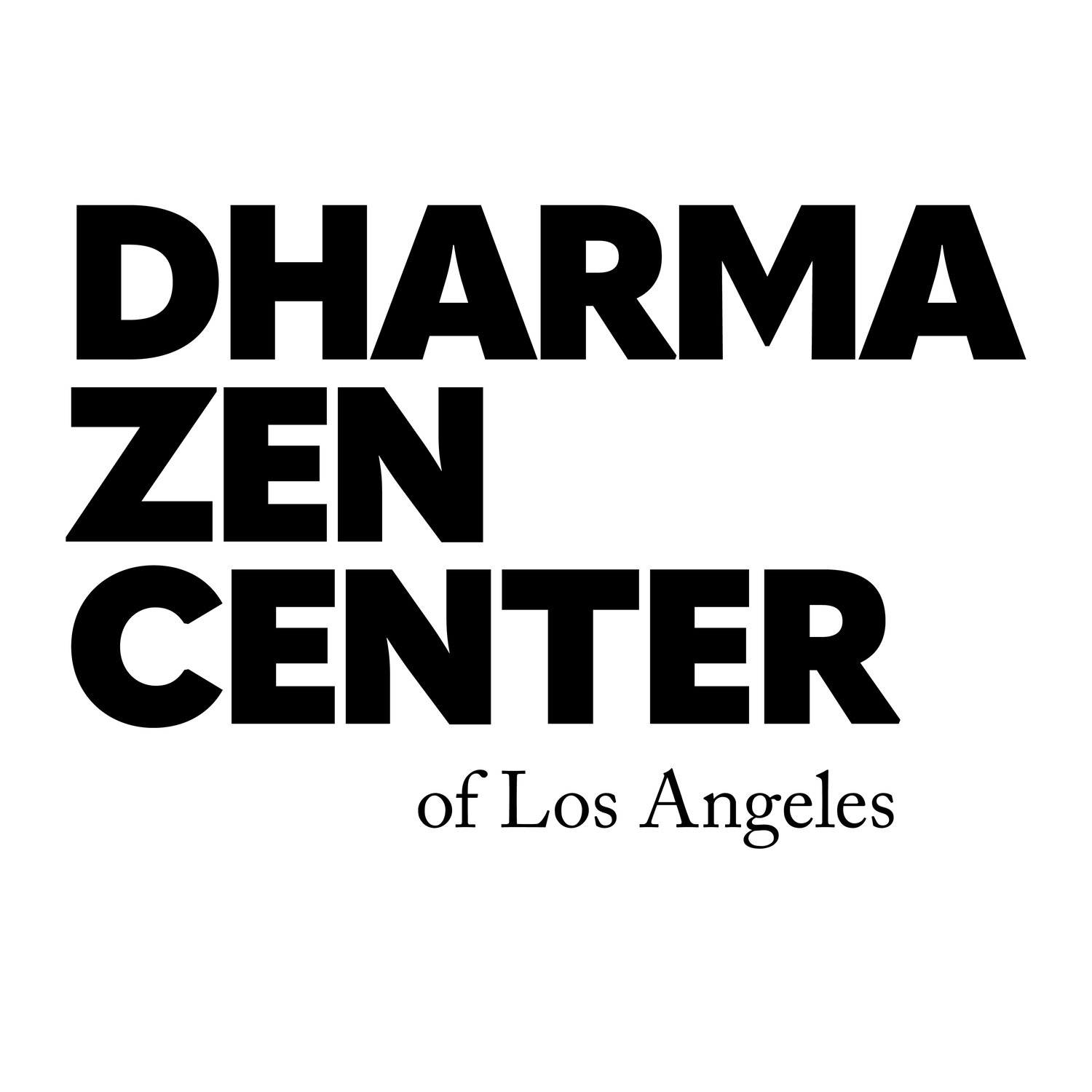We have a wonderful library here at Dharma Zen Center. Small…but wonderful. I pulled a book off called What the Buddha Taught by Walpola Rahula, and found wonderful wisdom on meditation inside. The following teaching is from the chapter " ‘Meditation’ or Mental Culture: Bhavana.” This is just a taste. I encourage you to explore further this book and chapter.
The Buddha’s Teaching, particularly his way of ‘meditation’ aims at producing a state of perfect mental health, equilibrium and tranquility. It is unfortunate that hardly any other section of the Buddha’s teaching is so much misunderstood as ‘meditation’, both by Buddhists and non-Buddhists. The moment the word ‘meditation’ is mentioned, one thinks of an escape from the daily activities of life; assuming a particular posture, like a statue in some cave or cell in a monastery, in some remote place cut off from society; and musing on, or being absorbed in, some kind of mystic or mysterious thought or trance. True Buddhist meditation does not mean this kind of escape at all.
The most important discourse ever given by the Buddha on mental development (‘meditation’) is called the Satipatthana-sutta “The Setting Up of Mindfulness’ (No. 22 of the Digha-nikaya, or No. 10 of the Majjhima-nikaya)…The ways of ‘meditation’ given in this discourse are not cut off from life, not do they avoid life; on the contrary, they are concerned with our life, our daily activities, our sorrows and joys, our words and thoughts, our moral and intellectual occupations...”
You can purchase the book via Amazon here.
.

